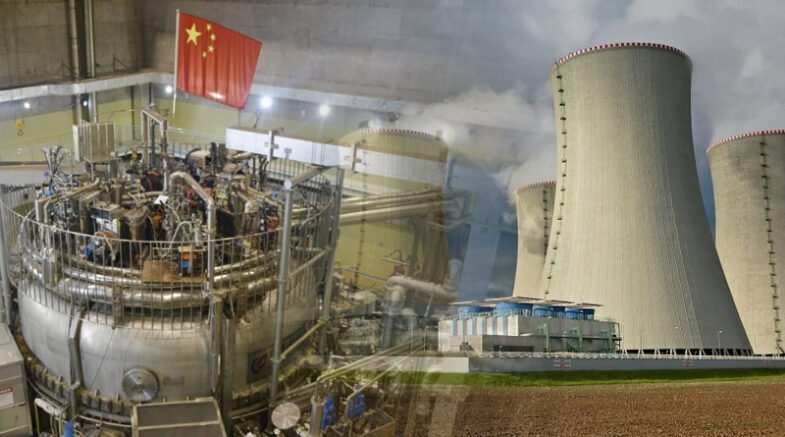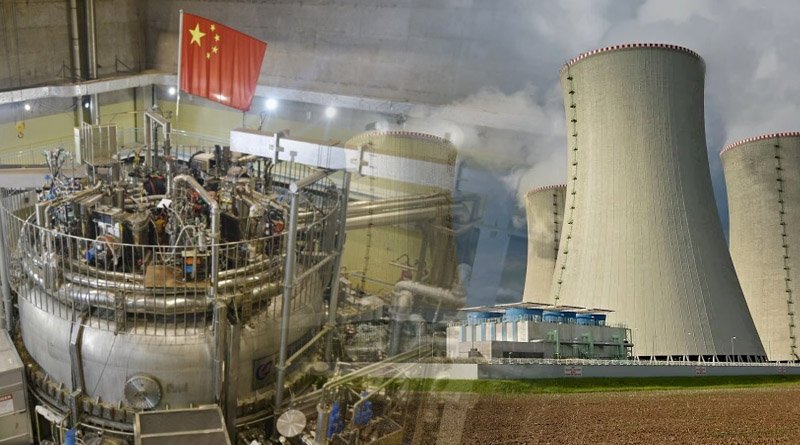The institute has already received over 40 international applications for CARR projects that span cutting-edge industries like aerospace, materials, and petroleum.

The 12-year-old China Advanced Research Reactor (CARR), a light water tank type unit with a heavy water reflector, is welcoming researchers from all over the world and international collaboration, according to the China National Nuclear Corporation (CNNC).
The institute has already received over 40 international applications for CARR projects that span cutting-edge industries like aerospace, materials, and petroleum.
Since its founding in 2010, the CARR has been gradually opened to about 50 domestic research universities and institutes. Its neutron flux, a crucial technical indicator, comes in third globally and first in Asia.
The reactor at the CARR plant produces neutrons for scientific research purposes instead of producing electricity like reactors in nuclear power plants do. According to Chen Dongfeng, chief expert of the CNNC, “the reactor’s purpose is to serve the country’s major needs and address issues in China’s nuclear, aerospace, aviation, energy, and transportation industries” (CMG).
Neutrons, as opposed to other radiation rays, can see through metals and locate internal flaws in a variety of thick materials, according to Hao Lijie, a research fellow at the China Institute of Atomic Energy (CIAE), a unit of the CNNC.
How far China has progressed in nuclear science and neutron experiments can be seen by looking at the CIAE’s China Advanced Research Reactor in Beijing’s Fangshan District. In 2022, CNNC upgraded the reactor to better serve current clients and meet escalating demand.
Researchers are currently examining high-speed rail wheels, ancient artefacts from the Western Han Dynasty, and aero-engine blades (202 BC-AD 25). As the radiation detector at the CIAE site registers only 0.51 microsieverts of radiation, its radiation exposure is comparatively low.
Simply put, a scientist who spent 1,400 days or 3.8 years working at the CIAE site would have received about the same amount of radiation from a CT scan.
Our goal this year is to keep the reactor running for over 100 days, and we will work to increase the operating time to 200–250 days in 2024, according to Xue Xiaogang, secretary of the Party Committee of the China Institute of Atomic Energy. We also invite friends from other countries to conduct scientific research on our platform and work together to open up new horizons.
